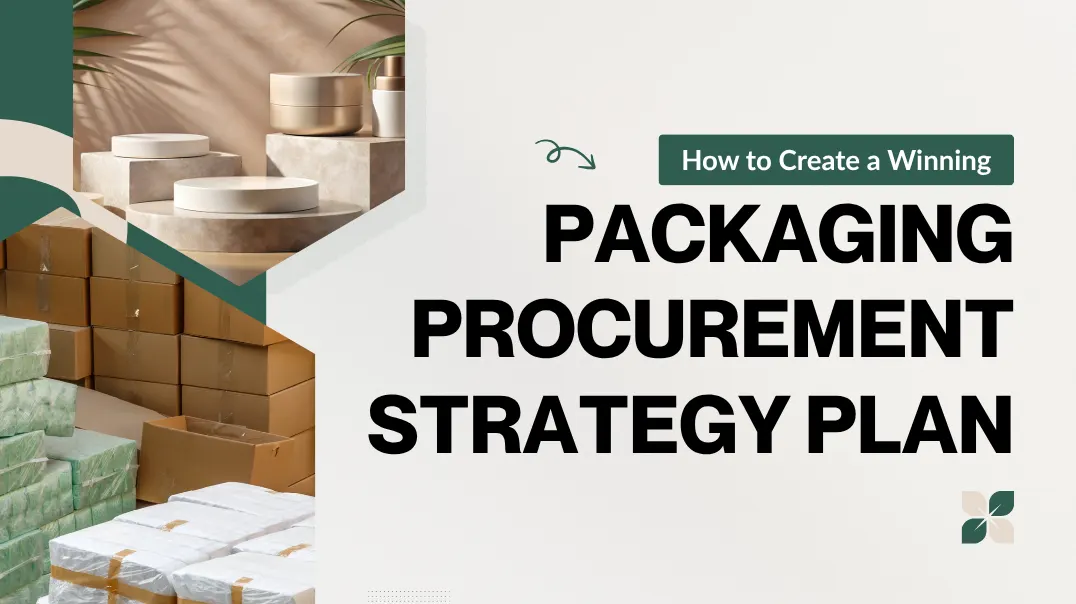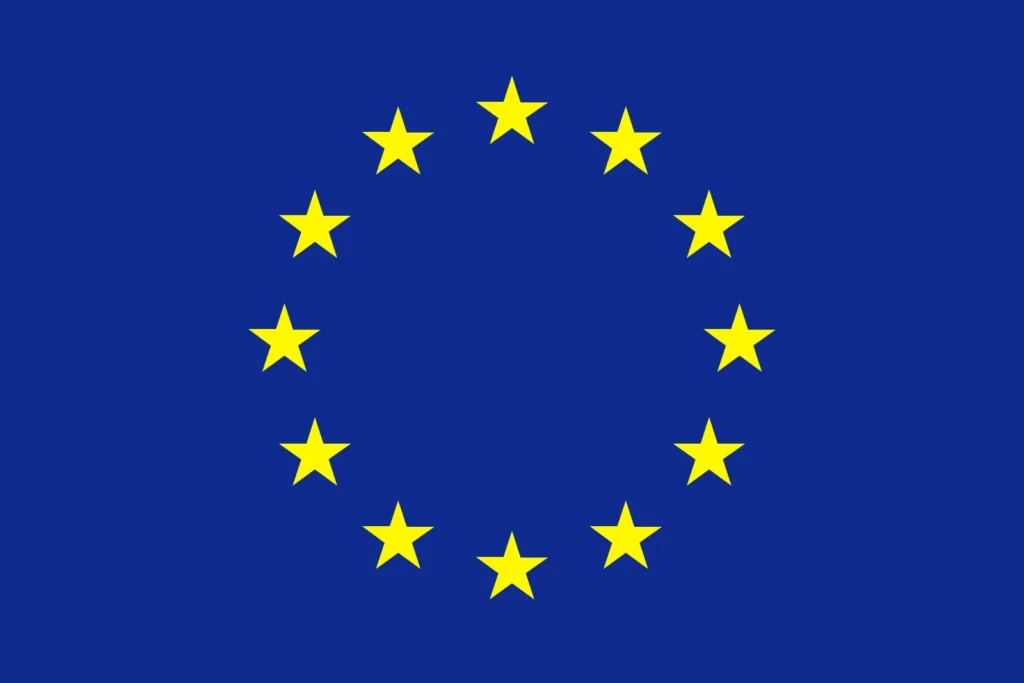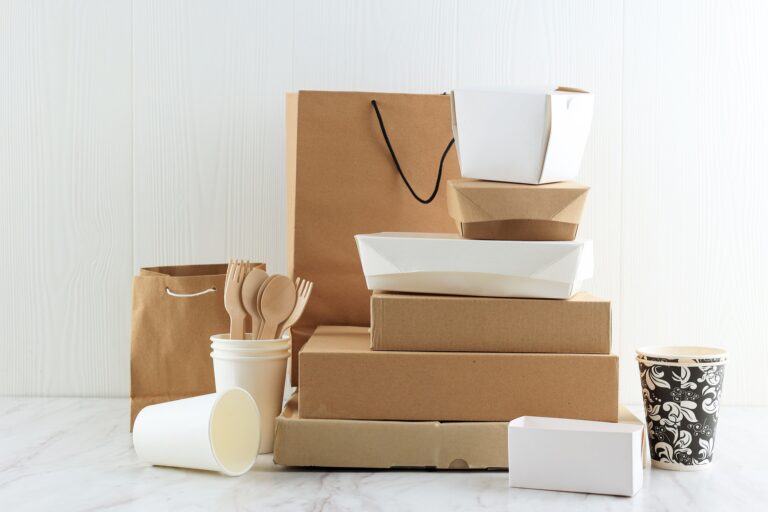Many businesses treat packaging procurement as a routine purchasing task focusing only on price and supplier availability. As a result, they face rising costs, inconsistent quality, and supply chain disruptions
In a competitive global market, packaging is no longer just a container it’s a brand statement, a sustainability commitment, and a major cost driver. Without a structured approach, companies risk inefficiency, waste, and compliance failures that directly impact profitability and brand reputation
A well-built packaging procurement strategy transforms packaging from a cost center into a strategic advantage. By integrating strategic procurement, value engineering, and supplier collaboration, businesses can reduce total cost, strengthen compliance, and build a resilient, future-ready supply chain.
What is a Packaging Procurement Strategy?
A packaging procurement strategy is a structured, data-driven approach to sourcing, evaluating, and managing the materials and suppliers responsible for packaging products. It goes beyond simply buying boxes or containers; it’s about balancing cost efficiency, sustainability, and supply chain resilience while maintaining brand integrity and customer satisfaction.
In today’s global marketplace, packaging is a core part of the product experience. Companies rely on well-crafted procurement strategies to minimize risk, improve sustainability, and strengthen brand perception. A robust strategy ensures that packaging materials are sourced responsibly, comply with regulations, and support broader business objectives such as cost optimization, environmental responsibility, and scalability.
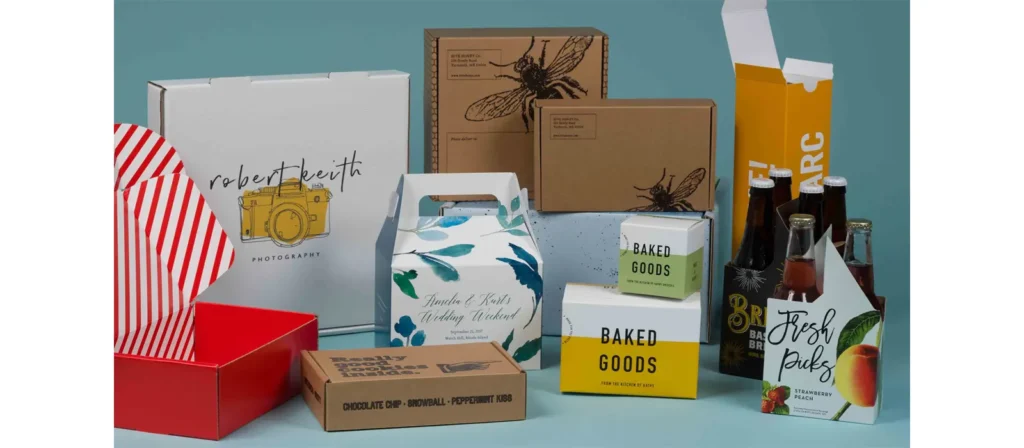
Effective packaging procurement also includes elements of supplier relationship management, risk mitigation, and innovation sourcing. This means aligning procurement goals with company values, whether that’s reducing carbon emissions, introducing recyclable materials, or ensuring packaging consistency across product lines.
Ultimately, an effective packaging procurement strategy designs a value system that supports the business, its customers, and the planet an effective procurement strategy for modern enterprises.
Key Steps in Procuring Packaging
Creating a winning procurement strategy plan requires careful coordination, market insight, and continuous improvement. Below are the essential steps that define a winning packaging procurement strategy.
Conduct a Comprehensive Packaging Needs Assessment
The first step in developing a successful packaging procurement strategy is to clearly define your packaging needs. This process begins with identifying the exact type of packaging your products require such as boxes, pouches, wraps, or custom-designed containers. You should also specify the key attributes that influence both functionality and brand presentation, including materials, coatings, finishes, dimensions, and structural integrity.
A solid needs assessment underpins strategic procurement process design, ensuring consistent sourcing and product presentation. Organizations that master this stage often demonstrate mastering procurement discipline through clear functional alignment and long-term cost control.
By thoroughly assessing packaging needs, organizations set a solid foundation for cost-effective sourcing, reliable supplier partnerships, and consistent product presentation across all markets.
Selecting the Right Shipping Method
Shipping decisions change total cost and risk more than most teams realize.
Air offers speed, not scale, and suits only urgent launches, approval samples, or high-margin, low-cube items after checking volumetric weight, delivered cost per thousand, and gross-margin payback. Sea remains the workhorse: full container load (FCL) outperforms less-than-container load (LCL) on damage risk, dwell time, and cost per cubic meter; when volumes are borderline, consolidate SKUs, optimize cartonization, and target 20- or 40-foot loads, booking early around peak season, Chinese New Year, and Golden Week with trusted carriers or forwarders. Rail or multimodal provides a middle path on certain corridors, cutting transit time versus sea and avoiding some air premiums; use selectively after modeling total landed cost and variability, especially when shaving calendar days on critical SKUs matters.
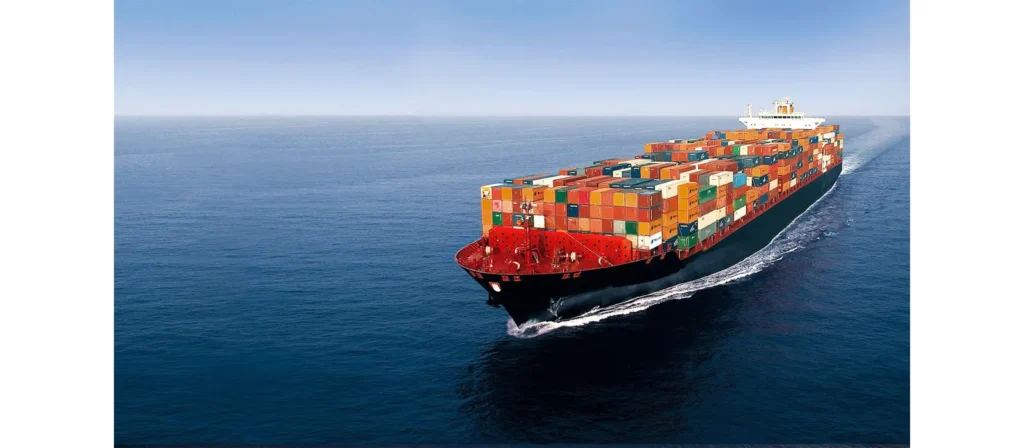
Implement Cost and Value Analysis
Packaging costs should never be evaluated in isolation. A successful procurement leader examines the total cost of ownership (TCO) including material costs, transportation, storage, and potential waste reduction. For instance, lightweight yet durable materials may have higher unit costs but can significantly lower shipping and handling expenses.
Value analysis also considers consumer experience and environmental impact, ensuring that every dollar spent contributes to measurable business outcomes.
Monitor Performance Metrics
Continuous monitoring ensures long-term success. Key performance indicators (KPIs) might include:
- Supplier lead times
- Defect rates
- Cost savings achieved through optimization
- Environmental impact reductions
- On-time delivery ratios
Tracking and analyzing these metrics supports data-driven decision-making and long-term improvement.
Develop a Strategic Sourcing Plan
A strategic sourcing plan provides the framework for executing a successful packaging procurement strategy. It connects operational objectives with market intelligence and risk management.
Leverage Spend Aggregation for Greater Efficiency
Spend aggregation is a strategic approach in packaging procurement that combines purchasing volumes from different departments, products, or regions to gain stronger negotiating power and reduce total costs. By consolidating similar packaging requirements such as boxes, labels, and protective materials organizations can move away from fragmented buying and achieve better pricing, quality consistency, and supplier performance.
Spend aggregation delivers more than cost savings it strengthens supplier relationships, enhances supply chain stability, and encourages innovation. Suppliers managing larger, consolidated volumes often provide better pricing, technical support, and sustainable material options. However, aggregation must be implemented strategically. Over-centralization can reduce flexibility, so the best approach combines global standardization for high-volume packaging with localized customization to meet specific market or product requirements effectively.
In essence, spend aggregation turns packaging procurement into a strategic, data-driven function reducing costs, improving supplier collaboration, and supporting long-term business efficiency.
Risk Management and Quality Control
In any packaging procurement strategy, effective risk management and quality control are critical to maintaining supply chain stability and protecting brand reputation. Unexpected disruptions such as supplier insolvency, raw material shortages, or logistical delays can quickly lead to production bottlenecks and increased costs. A strategic sourcing plan must therefore include proactive risk identification, assessment, and mitigation measures.
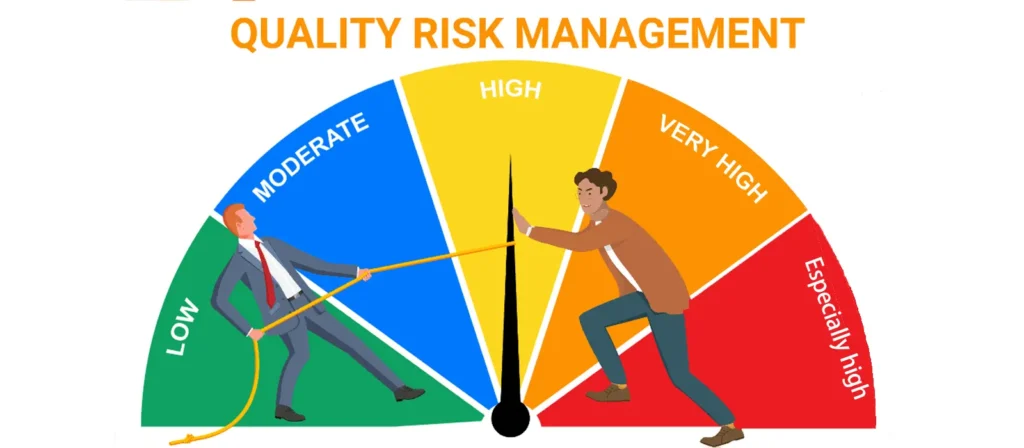
Quality control is important. Packaging directly affects product safety, shelf appeal, and customer satisfaction. Implement standardized quality assurance processes, including routine inspections, performance testing, and documentation reviews. Align these with recognized certifications such as ISO 9001, FSC, or BRCGS Packaging Standards to ensure consistent compliance and traceability.
Ultimately, integrating robust risk management and quality control frameworks transforms procurement from a reactive function into a strategic safeguard ensuring reliability, protecting product integrity, and strengthening long-term supplier partnerships.
Carefully Evaluate Suppliers
A strategic sourcing plan should go beyond pricing comparisons it should focus on capability, quality, sustainability, and long-term partnership potential. Evaluating suppliers carefully ensures that your packaging not only meets operational needs but also supports brand goals and customer expectations.
Evaluating Manufacturing Capabilities
Understanding a supplier’s manufacturing capabilities is the foundation of reliable procurement. Assess their production capacity, equipment sophistication, automation level, and quality assurance systems.
A capable supplier should be able to handle both small and large orders efficiently, maintain consistent quality, and demonstrate flexibility in meeting changing market demands.Suppliers with strong manufacturing infrastructure and proven operational resilience can better support long-term business growth
Materials and Sustainability Practices
Modern packaging procurement requires a deep commitment to sustainability. Evaluate whether potential suppliers use eco-friendly materials such as recycled paper, biodegradable plastics, or certified fibers. Confirm compliance with sustainability standards like FSC, PEFC, or ISO 14001.
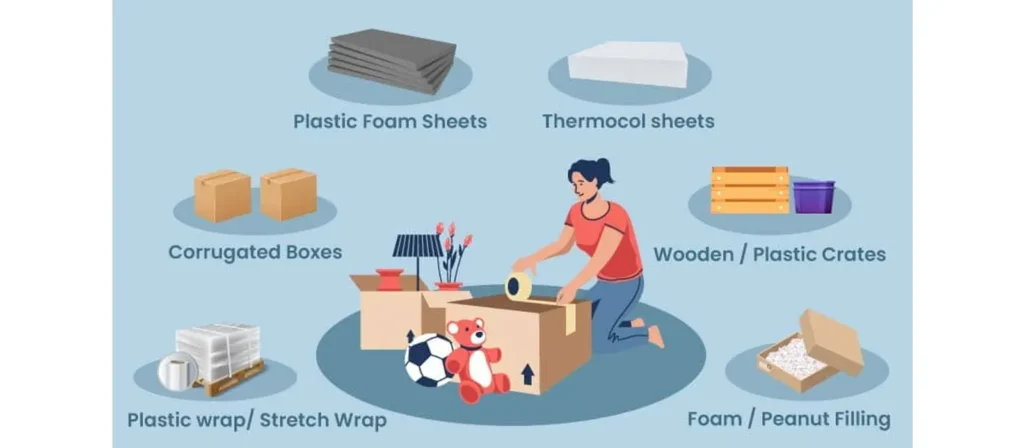
Suppliers with transparent sourcing practices and measurable environmental targets contribute directly to your company’s ESG (Environmental, Social, and Governance) goals. Prioritizing sustainable partners not only reduces environmental impact but also strengthens your brand’s reputation among increasingly conscious consumers.
Customizability and Design Support
Beyond production capacity, packaging suppliers should offer design flexibility and technical collaboration. The ability to customize packaging shapes, finishes, and branding elements ensures alignment with marketing strategies and consumer appeal.。
Leading suppliers often provide in-house design assistance or prototyping services that allow for creative experimentation without compromising functionality or cost efficiency. A supplier’s design and engineering support can be a key differentiator, particularly for companies competing in visually driven markets such as consumer goods or luxury retail.
The Value of Long-Term Partnerships
The most successful procurement strategies are built on long-term, trust-based supplier relationships rather than short-term transactions. Consistent collaboration leads to better communication, improved forecasting, and joint innovation initiatives.
Long-term partners are more likely to share insights into new materials, automation technologies, and sustainability trends offering a competitive edge in a fast-changing industry. Building and maintaining these partnerships requires transparency, shared goals, and continuous performance evaluations. Over time, this approach enhances both supply chain stability and strategic value creation.
By carefully evaluating suppliers through these four dimensions manufacturing capability, sustainability, customization, and partnership potential organizations can make more informed decisions and develop a packaging procurement strategy that is both resilient and future-ready.
Total Cost Optimization and Value Engineering
Effective cost optimization starts with a design-to-value mindset maximizing function while minimizing waste. Reducing print coverage, optimizing board grades, and improving dieline nesting lower material use without sacrificing performance. Aligning flute direction with load paths and right-sizing secondary packaging further decrease excess volume and shipping inefficiency. Each design decision balances cost, protection, and visual impact.
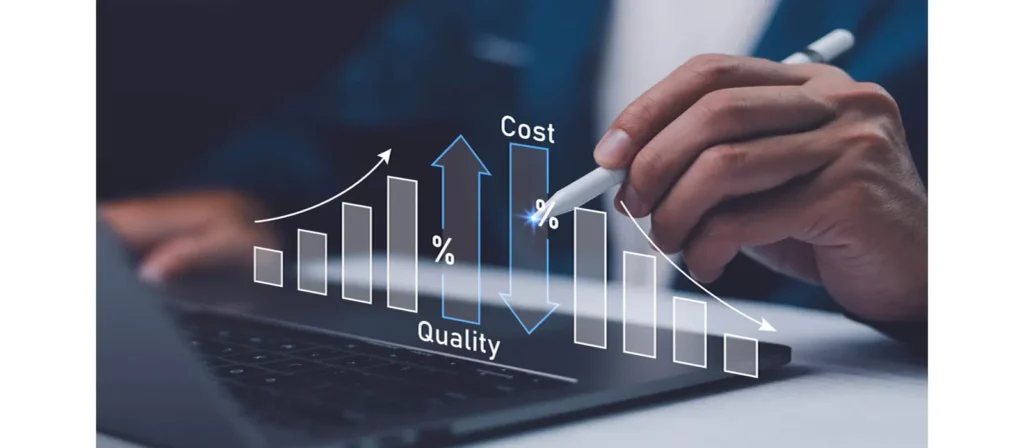
Optimizing total cost requires integrating inventory strategy, production planning, and logistics. Balancing MOQ with holding costs minimizes total landed cost, while aligning artwork cycles across SKUs cuts setup time and waste. Standardized carton footprints and better container utilization reduce freight expenses. Coordinating shipments for full-container loads (FCL) and flexible port options enhance efficiency and supply stability.
Sustainability can drive savings when engineered thoughtfully. Material shifts such as using bagasse or certified fiber cut both cost and environmental footprint. Transparent cost structures and index-based pricing build trust with suppliers and ensure shared benefits from market changes. True value engineering unites economic efficiency with verified sustainability and long-term supply chain resilience.
Build Cross-Functional Teams
Involve departments beyond procurement such as marketing, design, and logistics to ensure the packaging strategy aligns with brand identity and customer experience. This holistic approach results in packaging that is not only functional but also marketable and sustainable.
Conclusion
Developing a winning packaging procurement strategy plan requires more than just sourcing materials it’s about creating a systematic, data-backed, and sustainable process that drives cost savings, supplier collaboration, and brand growth. By integrating strategic sourcing, supplier innovation, and sustainability, organizations can enhance both operational efficiency and consumer trust.
In an era where packaging is deeply tied to brand perception and environmental responsibility, a well-defined procurement strategy is not just a business necessity it’s a competitive advantage.
Frequently Asked Questions (FAQs)
1. Why is a packaging procurement strategy important?
It ensures consistent quality, cost control, and sustainability in packaging sourcing, directly impacting supply chain resilience and brand reputation.
2. How often should a packaging procurement strategy be reviewed?
Ideally, it should be reviewed annually or whenever there are significant market or supply chain changes.
3.Why do many businesses choose China for packaging procurement?
Importing stuff from China provides cost efficiency, large-scale production, and diverse materials, supported by advanced manufacturing, flexible MOQs, and reliable export logistics trusted by global brands.
4. What are the key challenges in packaging procurement?
Common challenges include volatile raw material prices, sustainability compliance, supplier reliability, and cost optimization.
5. How can technology improve packaging procurement?
Procurement software automates supplier management, improves data visibility, and enhances negotiation power through analytics.
6. What role does sustainability play in procurement?
Sustainability drives brand trust and regulatory compliance while reducing waste and promoting long-term environmental impact reduction.
7. What metrics define procurement success?
Key metrics include cost savings, on-time delivery, supplier performance, quality consistency, and environmental impact reduction.

